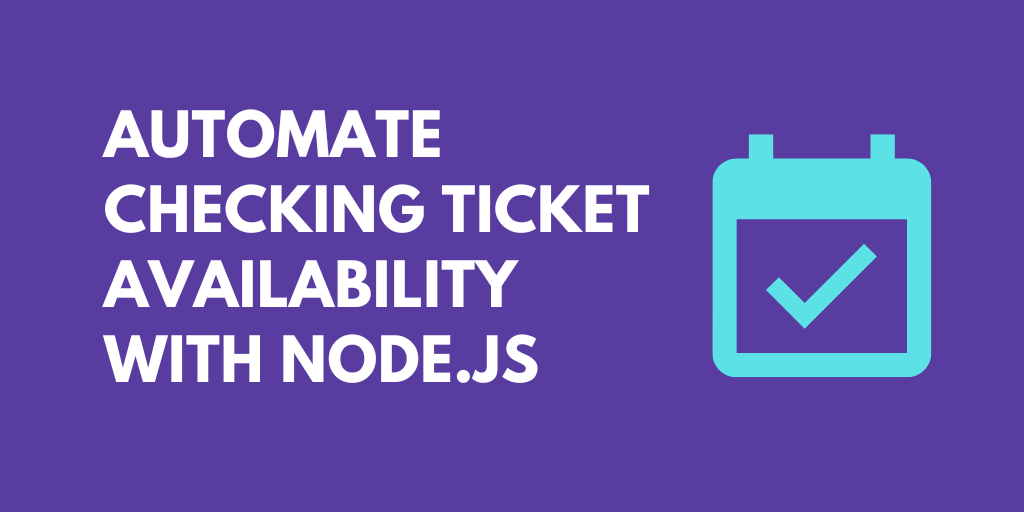What do you want to automate
with Pendo and Node?
Prompt, edit and deploy AI agents that connect to Pendo, Node and 3,000+ other apps in seconds.
Trusted by 1,000,000+ developers from startups to Fortune 500 companies
Popular Pendo and Node Actions#
Write custom Node.js code and use any of the 400k+ npm packages available. Refer to the Pipedream Node docs to learn more.
Overview of Pendo#
The Pendo API provides a suite of endpoints that allow you to tap into user insights and product data collected by Pendo. With this API, you can automate the retrieval of visitor analytics, track feature usage, and manage guides and feedback within your application. When used within Pipedream, you can craft workflows that respond to this data in real-time, connect with other apps, and streamline your user-centric operations.
Connect Pendo#
import { axios } from "@pipedream/platform"
export default defineComponent({
props: {
pendo: {
type: "app",
app: "pendo",
}
},
async run({steps, $}) {
return await axios($, {
url: `https://${this.pendo.$auth.subdomain}.pendo.io/api/v1/report`,
headers: {
"x-pendo-integration-key": `${this.pendo.$auth.integration_key}`,
},
})
},
})
Overview of Node#
Develop, run and deploy your Node.js code in Pipedream workflows, using it between no-code steps, with connected accounts, or integrate Data Stores and File Stores
This includes installing NPM packages, within your code without having to manage a package.json file or running npm install.
Below is an example of installing the axios package in a Pipedream Node.js code step. Pipedream imports the axios package, performs the API request, and shares the response with subsequent workflow steps:
Connect Node#
// To use previous step data, pass the `steps` object to the run() function
export default defineComponent({
async run({ steps, $ }) {
// Return data to use it in future steps
return steps.trigger.event
},
})Community Posts#
